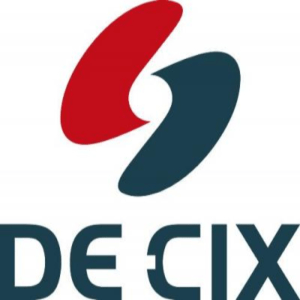The internet landscape is growing daily; amongst this, the backbone of connectivity lies within the intricate web of interdomain routing protocols. Border Gateway Protocol (BGP) has long been the cornerstone of this framework, orchestrating data flow across disparate networks. However, the escalating demands for scalability, security, and efficiency have propelled the exploration of novel mechanisms, such as BGP Route Servers and Internet-Scale Networking, reshaping the future of interdomain communication.
The Present Landscape
Traditionally, interdomain routing has relied heavily on bilateral peering agreements, where networks directly negotiate and establish connections to exchange traffic. While effective, this method poses challenges as the internet burgeons in size and complexity. The surge in connected devices, cloud services, and emerging technologies has necessitated revaluating the conventional model.
The Rise of BGP Route Servers
BGP Route Servers emerge as a promising solution, offering a centralized platform for interconnecting multiple networks. These servers act as intermediaries, facilitating the exchange of routing information among connected entities. By consolidating various peering connections into a single point, Route Servers streamline routing updates, reducing the complexities of managing numerous bilateral agreements.
This approach not only enhances operational simplicity but also augments scalability. Private interconnect services leveraging BGP Route Servers empower networks to manage traffic flows efficiently, optimizing performance and resource utilization. Moreover, they pave the way for enhanced control over routing policies, enabling granular adjustments tailored to specific network requirements.
Challenges and Security Considerations
However, with innovation comes the imperative need for robust security measures. Centralized Route Servers present a potential single point of failure and vulnerability. Safeguarding these critical nodes against malicious attacks or accidental misconfigurations becomes paramount. Incorporating encryption, authentication mechanisms, and comprehensive monitoring frameworks emerge as essential strategies to fortify the integrity of interdomain routing.
Embracing Internet-Scale Networking
Internet-scale networking transcends traditional boundaries, envisioning a seamlessly interconnected global network. It advocates a more holistic approach, emphasizing cooperative frameworks and standardized practices to harmonize interdomain routing across diverse networks and autonomous systems.
Future Trajectories and Concluding Thoughts
As the internet continues its exponential growth, the evolution of interdomain routing will remain a focal point for network architects and engineers. Embracing BGP Route Servers and exploring the realm of Internet-scale networking signifies a shift toward a more interconnected, efficient, and secure Internet infrastructure.
Conclusion
The trajectory of interdomain routing appears poised for transformative shifts. While BGP Route Servers offer a promising alternative to traditional peering methods, their widespread adoption necessitates concerted efforts towards fortification against security threats. Ultimately, the convergence towards Internet-scale networking can redefine the very fabric of how networks interoperate, promising a more robust, efficient, and secure Internet ecosystem for the future.




